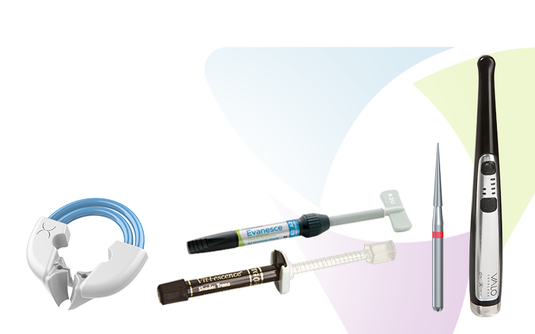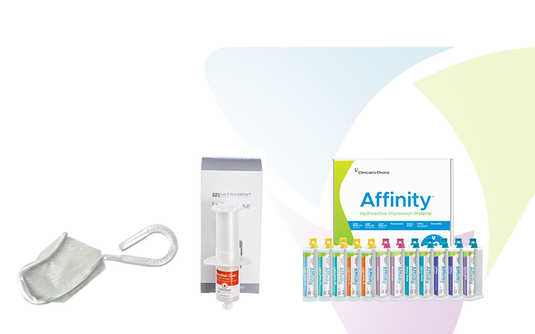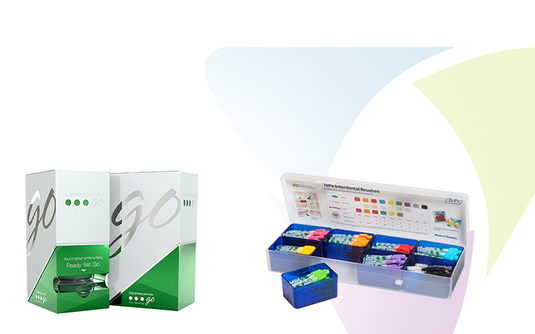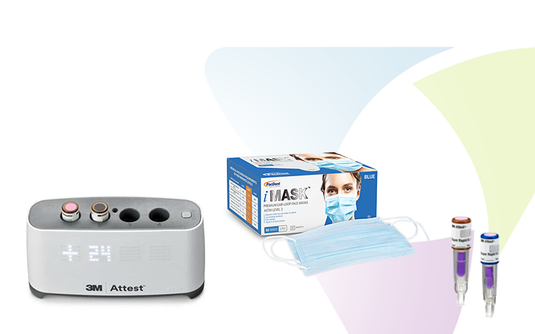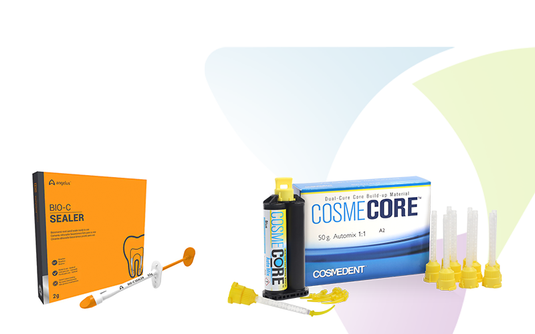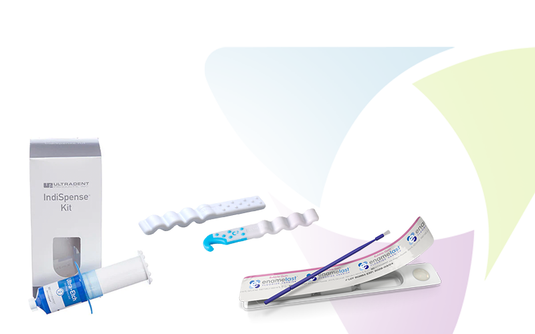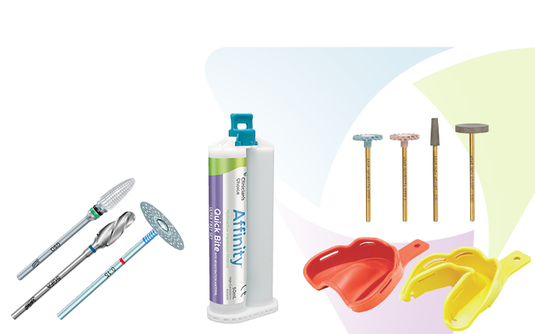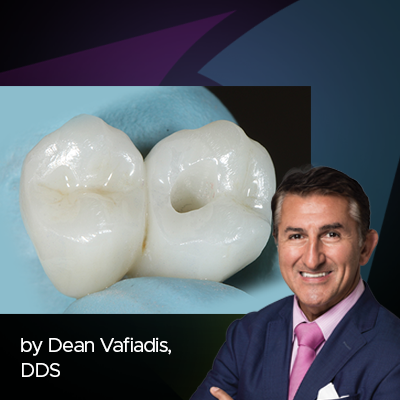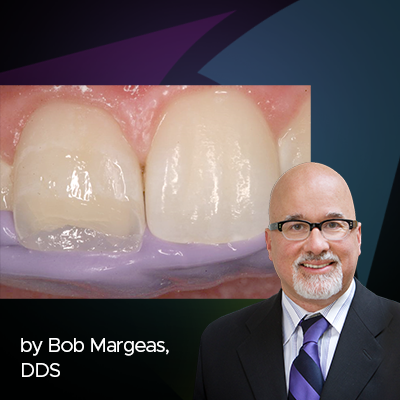
Reprocessing Dental Burs: A Comprehensive Guide Following Government of Canada Guidelines
Introduction
In the field of dentistry, the reprocessing and sterilization of reusable medical devices, including dental burs, are critical to ensure patient safety and prevent the spread of infections. The Government of Canada has established guidelines for the proper reprocessing of these devices. In this blog post, we will provide a step-by-step guide on how to reprocess dental burs in accordance with the Government of Canada guidelines, while emphasizing the importance of maintaining optimal infection control practices.
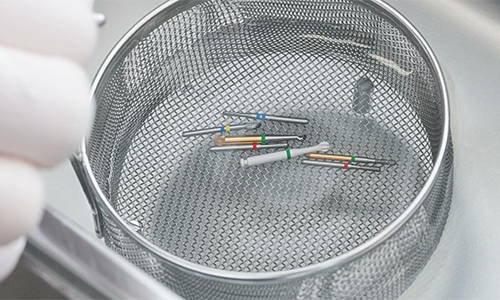
1. Pre-Cleaning and Soaking
Before starting the sterilization process, it is important to clean the used or brand-new dental burs. Begin by wearing puncture-resistant gloves for protection. Pre-soak the instruments in an ultrasonic cleaner or washer disinfector for five minutes to loosen debris. For cleaning diamonds or diamond discs, clean them at working speed with a Diamond Cleaning Stone. Brushes and polishers require a different cleaning process. Use disinfecting and cleaning agents specifically suited for these instruments, following the indicated concentration.
2. Brushing and Rinsing
After soaking, use a metal cleaning brush or a softer nylon cleaning brush (especially for ceramic instruments) to brush away any remaining debris from the burs. Place the burs in a sterillizable bur block, such as the 9949L3, and rinse thoroughly under water to remove any residue.
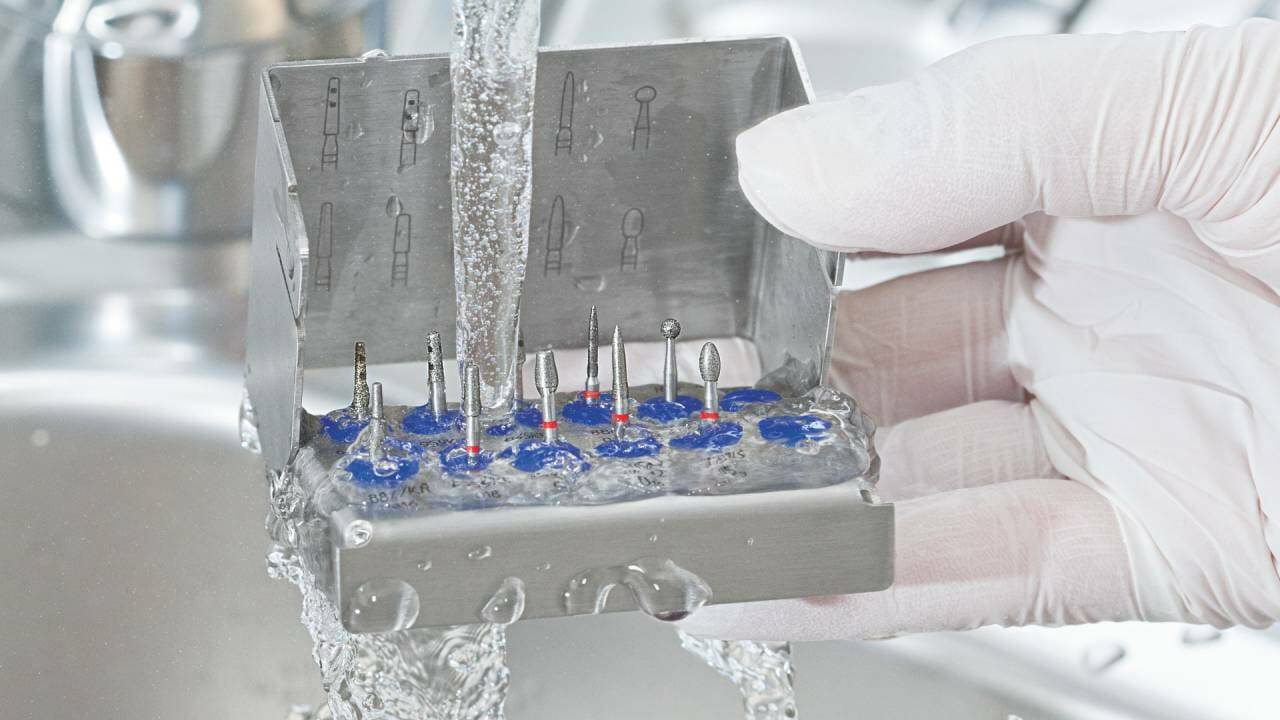
3. Drying
To ensure the burs and the block are completely dry, use an air blower or air blast to remove any moisture. Proper drying is important to prevent the growth of microorganisms during storage.
Komet® Stainless Steel Bur Blocks
4. Autoclave Sterilization
Place the bur block holding the burs into a sterilization pouch and seal. Place in autoclave and follow the recommended sterilization parameters provided by the manufacturer. Komet® USA suggests running the autoclave for 30 minutes at 121 degrees Celsius or for four minutes at 134 degrees Celsius, although these times and temperatures may vary depending on your brand and instruments.
5. Post-Sterilization Inspection
After the instruments have been sterilized in the autoclave, remove them and carefully check for any defects or signs of corrosion. Steel instruments may corrode when sterilized in the autoclave. If no damage is observed, the burs are ready to be used for procedures.
Conclusion
Reprocessing dental burs according to the Government of Canada guidelines is essential to ensure patient safety and prevent the transmission of infections in dental settings. By implementing a comprehensive reprocessing protocol, maintaining equipment, providing staff training, and adhering to infection control measures, dental professionals can effectively reprocess dental burs and contribute to the overall safety and well-being of their patients.
Following these General Instructions for Use Guide, which is included in every order of Komet® burs, will guarantee you get the best quality of life out of your dental instruments.

